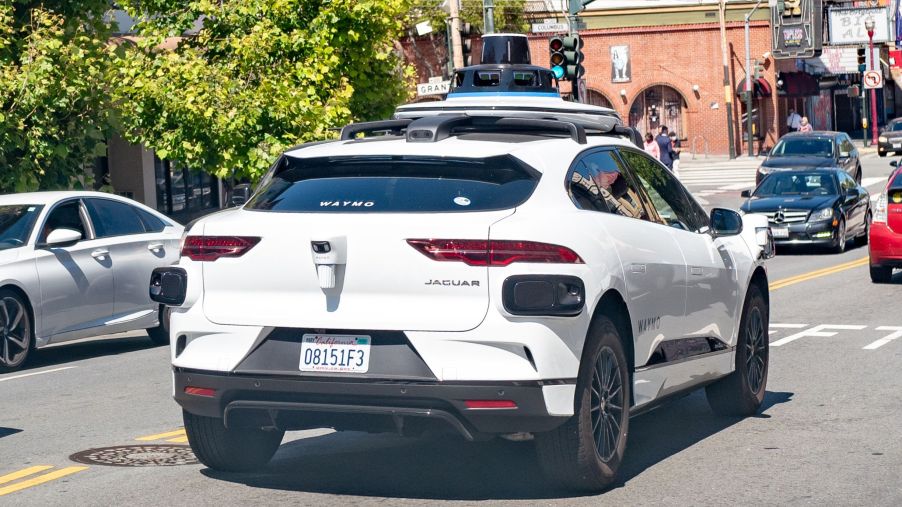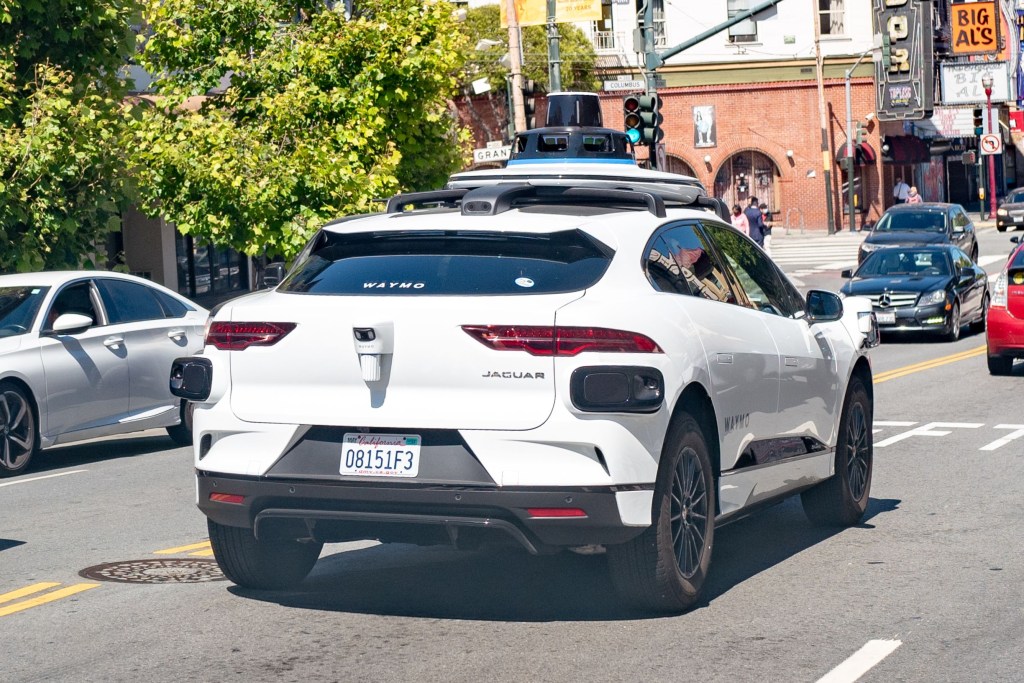
NHTSA Makes Crash Reports Mandatory for Semi-Autonomous Cars
Consumers may have warmed to the idea of owning a semi-autonomous car, but hopeful owners will be waiting a while. Despite what some automakers may claim, there aren’t any truly autonomous vehicles available today. Nevertheless, that hasn’t stopped some drivers from abusing the advanced driver-assistance packages that are available. And this abuse can have fatal consequences. That’s why the National Highway Traffic Safety Administration is stepping in with a new semi-autonomous car crash report mandate.
The NHTSA hasn’t issued many regulations over semi-autonomous cars so far

Up until now, the NHTSA has been relatively lax in terms of regulating semi-autonomous cars, Autoblog muses. Presumably, the agency took that stance to let automakers freely develop their autonomy tech. But this approach has also drawn criticism, including from the NTSB, which recently pushed for the NHTSA to be more ‘hands-on.’
However, recent events have shown that semi-autonomous car technology requires additional oversight. For one, more automakers have reached Level 2 on the SAE’s autonomy scale thanks to improved driver-assistance packages. Honda is even flirting with Level 3 in a limited fashion.
Secondly, and more concerningly, are the continued lethal incidents where these systems are involved. And statistically, Tesla’s Autopilot is involved in most of them. Since June 2015, the NHTSA’s teams have investigated 31 crashes involving semi-autonomous cars. And 25 of those crashes involved an Autopilot-equipped Tesla, Autoblog notes.
Properly investigating and learning from these crashes, though, is difficult because there isn’t enough data being reported. And that’s where the new NHTSA crash report mandate comes in.
What does the NHTSA semi-autonomous car crash report mandate entail?
The NHTSA’s crash report mandate applies to all cars equipped with ADAS or other semi-autonomous tech ranging from Level 2-5. And it doesn’t apply solely to the automakers, either, Automotive News explains. If the ADAS package was engaged at the time of the crash, the equipment and software manufacturers have to issue reports, too, and the vehicle operator(s).
This new mandate also describes what these crash reports contain. Within one day of learning about the crash, the covered companies have to report it to the NHTSA. The report also has to mention if the crash involved any of the following:
- Hospital-treated injuries
- Fatalities
- Vehicle tow-aways
- Airbag deployments
- Vulnerable road users such as pedestrians and cyclists
After submitting the initial report, companies have 10 days to issue an updated one to the NHTSA. And every month, the reports must be updated if there is any new or additional information. Furthermore, the mandate also includes a stipulation for monthly reports involving semi-autonomous car crashes featuring injuries or property damage.
How will this affect consumers?
The goal of all this is to help the NHTSA do its job better, Roadshow explains. And that job is keeping people safe from car-related dangers.
With more data, the agency can identify safety issues remaining in existing driver-assistance packages. That way, it can advise Americans on how to stay safe and manufacturers on what still needs work. Also, the NHTSA’s Acting Administrator says that the increased oversight “will help instill public confidence that the federal government is closely overseeing the safety of automated vehicles.”
Semi-autonomous cars still have a long way to go before they get to Level 5. But hopefully, steps like this will make the journey smoother and safer for all.
Follow more updates from MotorBiscuit on our Facebook page.


